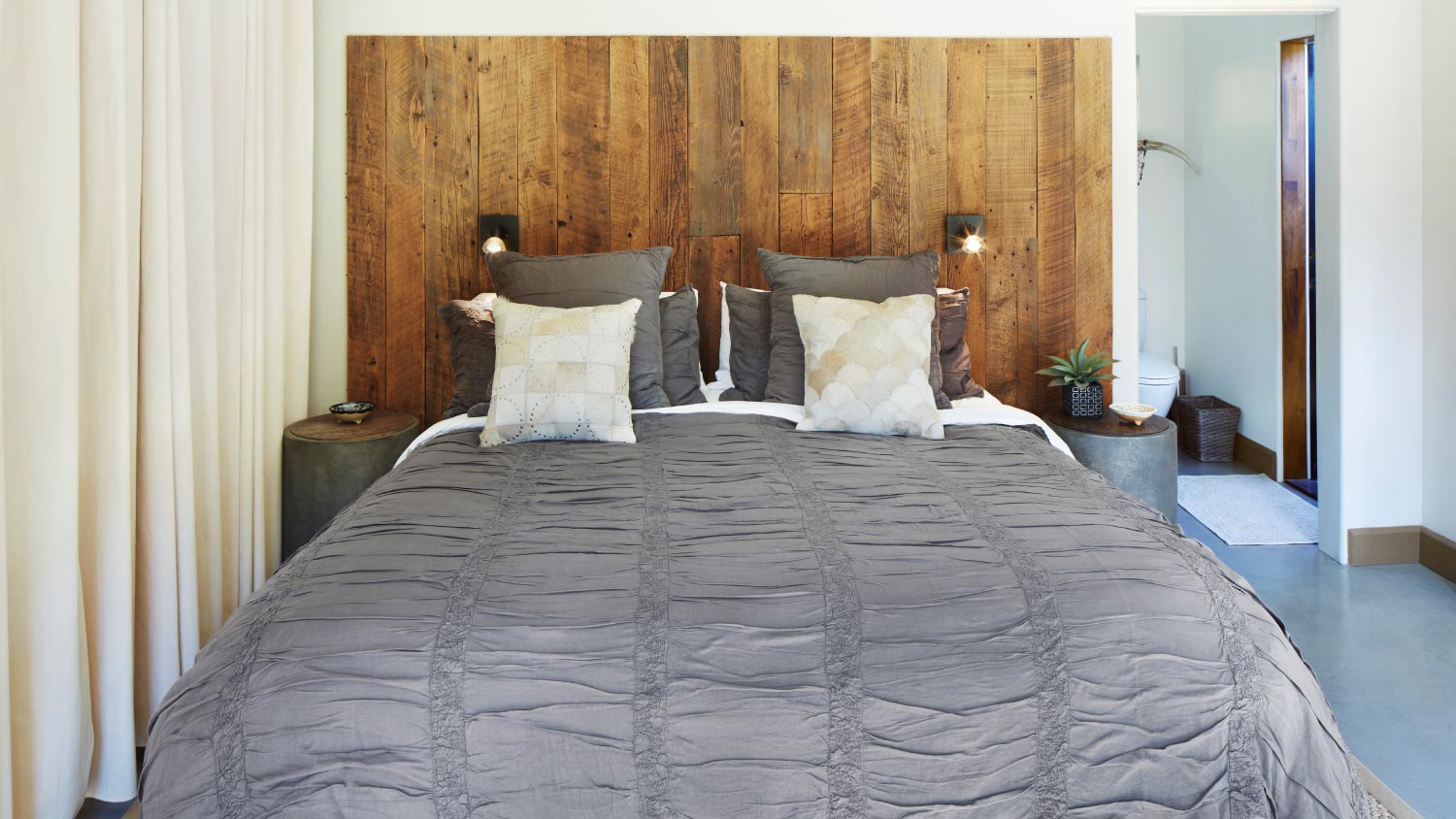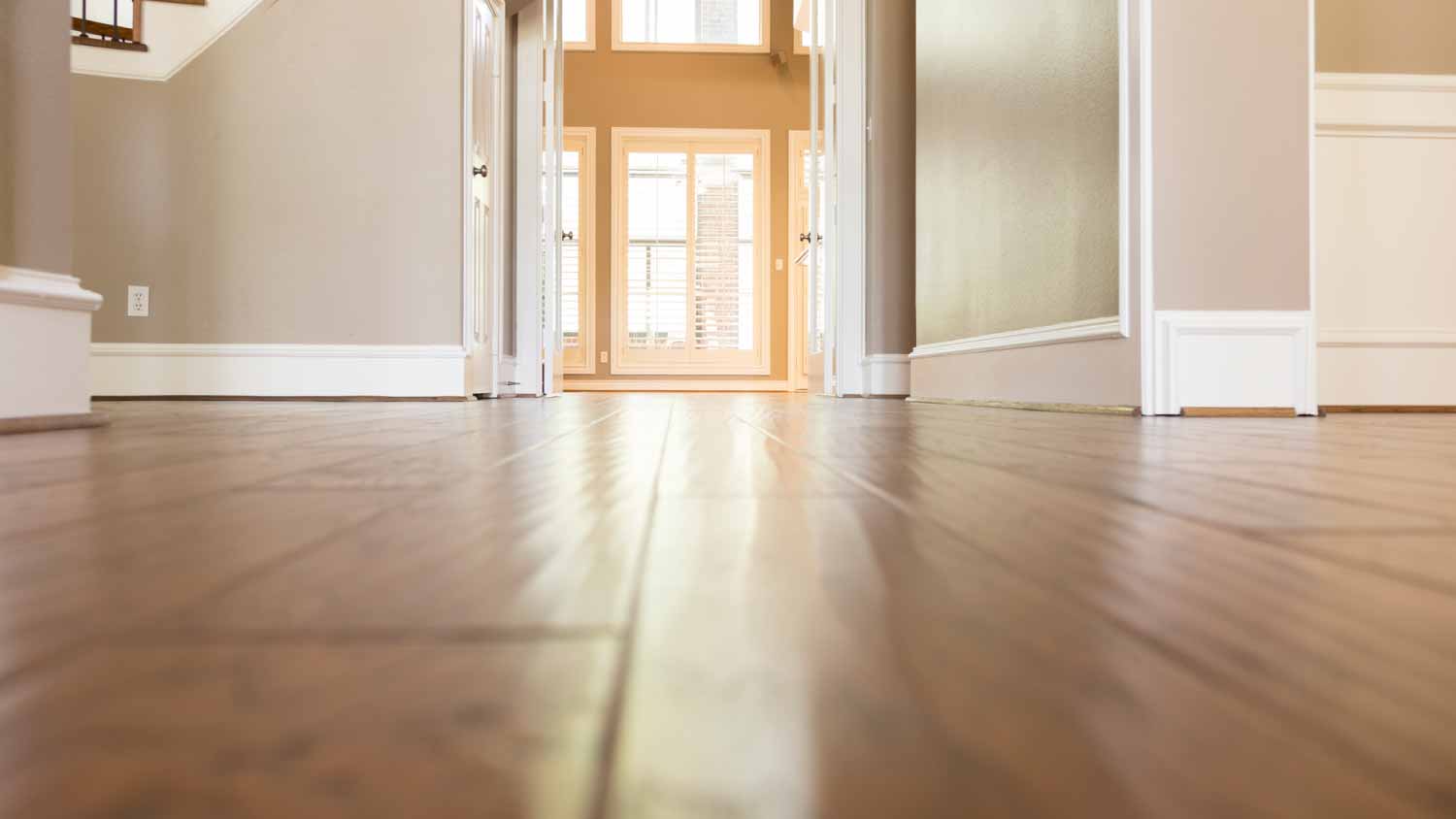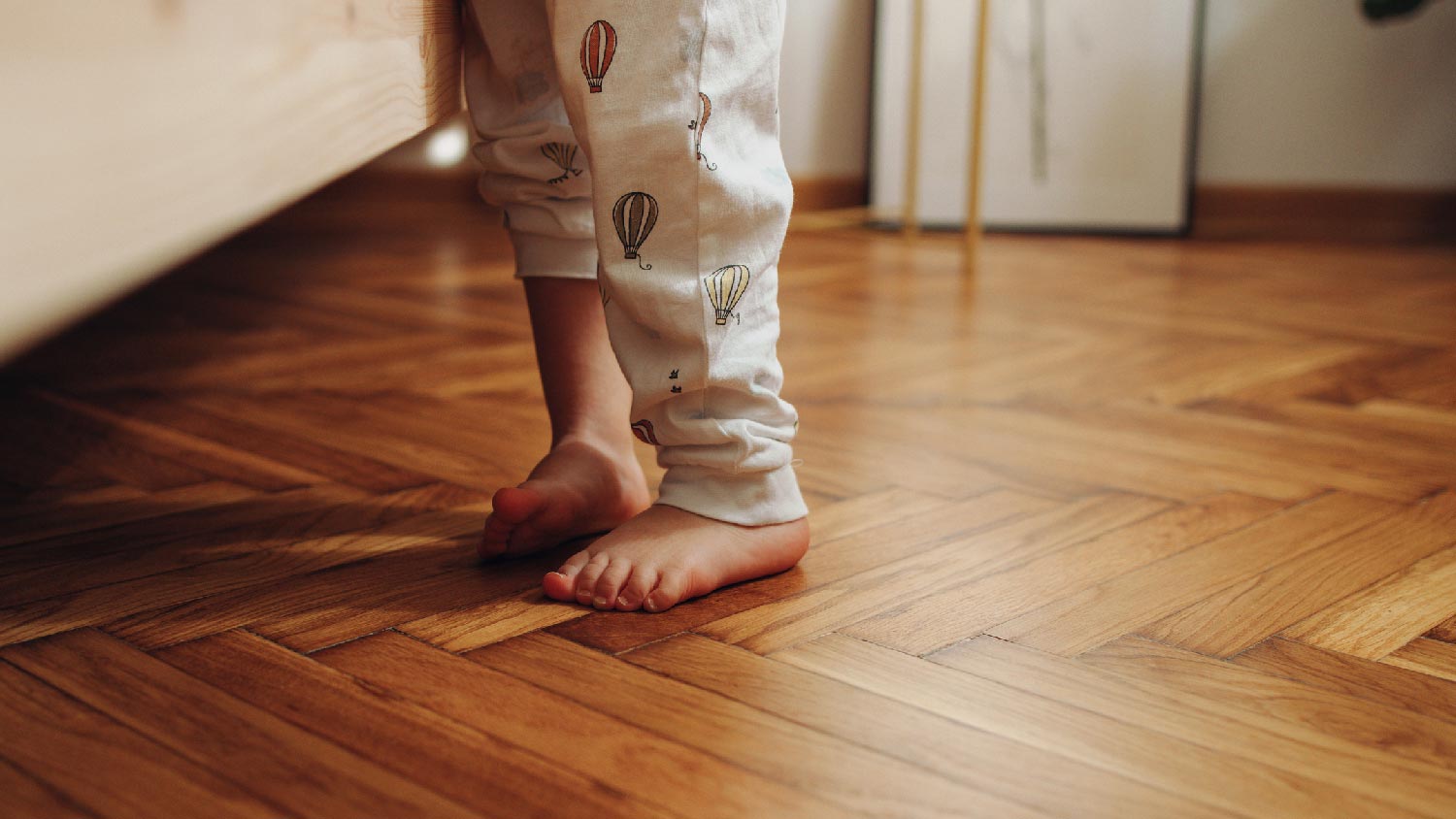The Complete Guide to Building With Reclaimed Wood
Add rustic vibes to your home while emphasizing sustainability


Reclaimed wood can cost up to $20–$40 per square foot
It’s typically from old barns, homes, and structures.
It’s environmentally sustainable but might cost more if you order from a vendor.
Reclaimed wood adds rustic flair and unique designs to your home.
It could require chemical treatment or toxin testing before you can safely use it.
Maybe you’ve stumbled onto some old wood from an old project or teardown, or you’re just looking for a way to add a unique, rustic flair to your home. In either case, reclaimed wood project options are truly endless.
There’s been a spike in popularity for reclaimed wood projects—as well as for recycled steel and recycled glass—as homeowners look to balance sustainability with their home improvement projects. In this guide, learn more about where reclaimed wood comes from and how to build with it safely.
Why Use Reclaimed Wood
In short, think of “old America.” Reclaimed wood most often comes from old barns, homes, factories, and sheds that were deconstructed instead of demolished.
Less often but still possible, homeowners preserve the past using reclaimed wood from torn-down structures at old rail yards or wineries. Sometimes, you can use wood salvaged from old boats or shipwrecks, so long as it’s properly dried and deemed structurally sound.
A local general contractor can discuss the benefits of using reclaimed wood for your project and potentially connect you with vendors in your area.
Benefits of Reclaimed Wood
Green-friendly: Keeps old wood out of landfills, plus it uses fewer natural resources such as water and fossil fuels to produce
Aesthetic: Unique patterns, grains, and designs you may not be able to get from new lumber
Strength: Often stronger than first-generation wood because of its age
Maintenance: May not require painting or staining
Drawbacks of Reclaimed Wood
Cost: Often costs more than regular wood because it must be processed again
Availability: Market for reclaimed wood varies by time of year and resources available; may have to special order for your project, which could add to the price
Potential danger: May find nails, staples, etc. in your wood unless you purchase it from a vendor who processed it thoroughly
Potential toxins: Should undergo a toxin test before use to make sure it’s safe; barely viable wood receives intense chemical treatment that could be a health threat in some cases
Five Ways to Use Reclaimed Wood
Reclaimed wood can be used in a number of fun and interesting ways, both commercially and for your residence. Here are some ideas to help you get started.
1. Coffee Table
Because of its aesthetic and sturdiness, reclaimed wood is perfect for coffee tables, end tables, nightstands, and other pieces of heavy household furniture. There are many reclaimed wood remodeling ideas centering around this type of wood for all of your rooms.
2. Headboard

Reclaimed wood is an especially cool way to upgrade your sleeping quarters. Use durable repurposed materials to build a new headboard or even a wood bed frame. Or pair your new rustic-looking headboard with a curtain rod made from old pipes.
3. Dining Room Table
A rustic table is another awesome project that’ll make your dining room stand out from the status quo. Homeowners can easily pair antique chairs to match the desired aesthetic.
4. Wall Art
A quick search on websites like Pinterest and Etsy will give you thousands of ideas for captivating wall art you could make with repurposed wood. The possibilities are endless!
5. Barn
Reclaimed barn wood and sheds are popular options for reclaimed wood. After all, that’s often where the wood came from in the first place. If you don’t want an entirely new structure on your property, retrofitting an old barn door to your home or walk-in shed could be a fun project that adds rustic vibes to your home.
If you already own wood from a pre-existing structure that’s still viable, it could save you money since reclaimed wood costs about $20 to $40 per square foot. Investing in a toxins test and making sure the wood is safe to build with should be top priorities.
How to Work With Reclaimed Wood
If you’re unsure if your reclaimed wood is salvageable, we recommend you have a woodworking expert near you look at it first.
It’s also important to:
Carefully inspect reclaimed wood for nails and staples
Check for bugs (termites, carpenter ants, etc.)
Ensure it’s not warped, cracked, or split in certain areas





- 9 Alternative Wood Types for Eco-Friendly Homes
- How to Waterproof Wood With 3 Simple Methods
- Wood Putty vs. Wood Filler: Which One Is Right for Your Project?
- 25 DIY Headboard Ideas to Revamp Your Bedroom
- How to Use Wood Filler: A Step-by-Step Guide
- How to Fix Water-Damaged Wood Furniture
- Best and Worst Woods for Fireplaces
- 8 Types of Hardwood Floors That Are Perfect for Your Living Space
- How Long Does Pressure-Treated Wood Last?
- Wood Stain vs. Paint: Which Is Right for Your Next Project?










